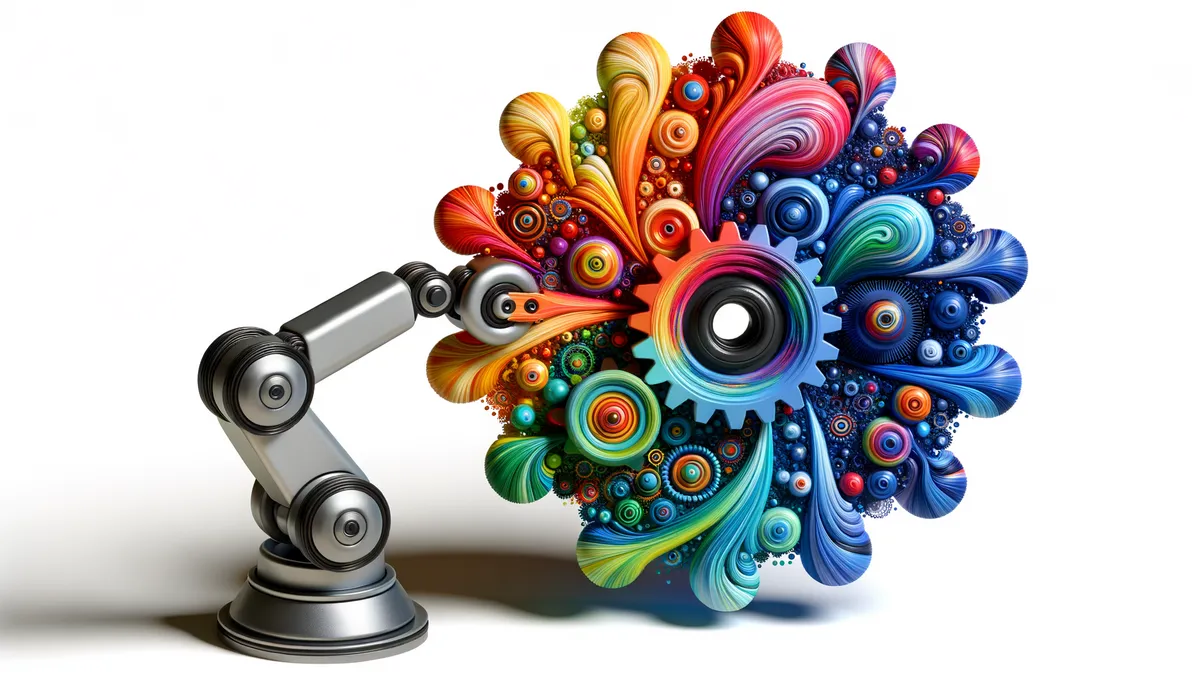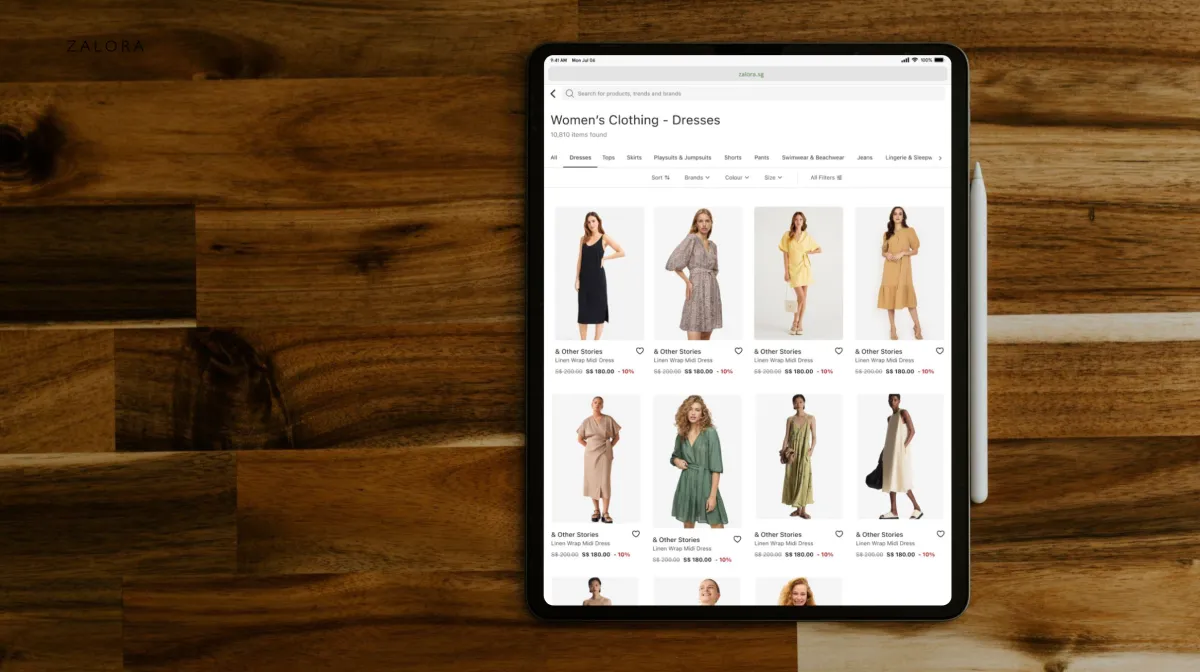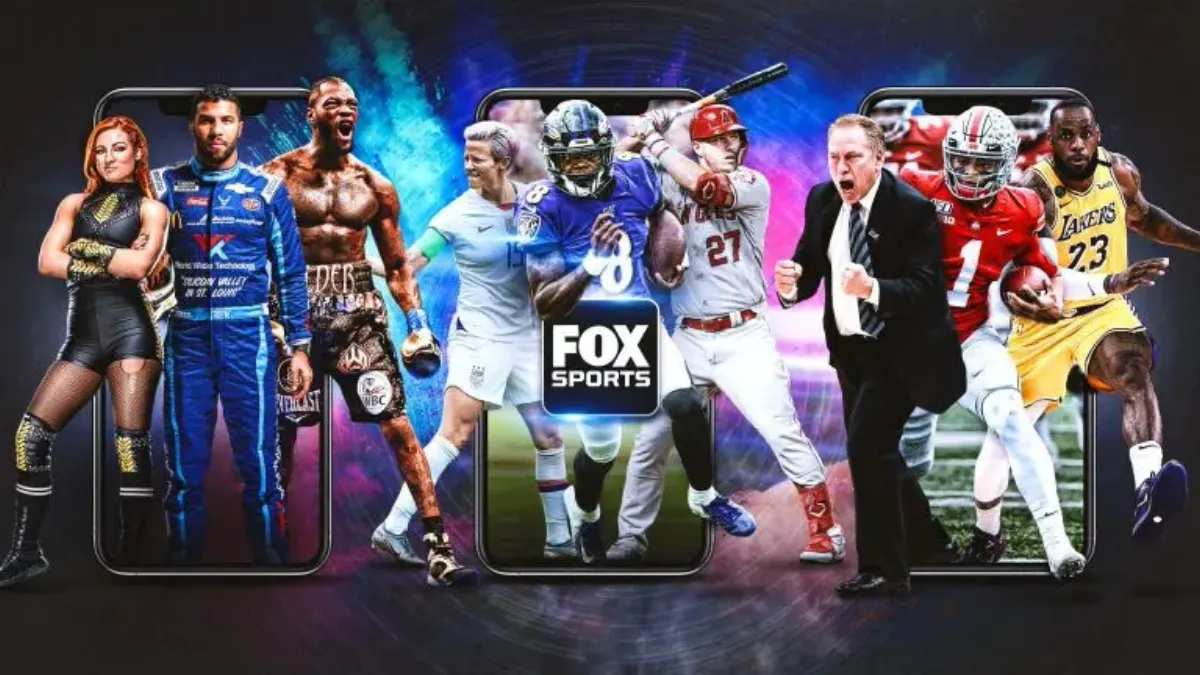
Is precise personalisation killing creativity?
As someone who has spent more than 20 years in the MarTech and AdTech industry, I have seen firsthand how the world of marketing and advertising has shifted towards personalisation.
With the rise of technologies like customer data platforms (CDPs), personalisation has become an essential tool for businesses to stay competitive. But is precise personalisation killing creativity?
To answer this, I would like to go back in time to the early days of my career in advertising to see how the industry has evolved.
A brief history lesson
I worked in search advertising at Microsoft during the early 2000s, when online portals like AOL and Yahoo dominated the internet. Back then, advertising based primarily on content and context was the norm. Data-driven advertising was still in its infancy, but it had started to gain momentum. It emerged in the form of search engine advertising. Many contenders entered the space: AltaVista, Yahoo Search, and Ask Jeeves, to name a few. However, Google's search was the dominant search engine and became a poster child for the category that soon became data-driven advertising.
Later, I transitioned to display advertising during a time when brands were buying display advertising on websites like MSN.com without much care for targeting or personalisation. Marketers were buying reach and scale because they wanted to be on the most visited websites on the internet. However, the Global Financial Crisis of 2008 changed everything as marketing budgets were slashed, and marketers began looking to data to guide their advertising decisions. This saw the emergence of Ad Networks and the application of behavioural and demographic targeting in Display ad buying. Programmatic advertising has since displaced Ad Networks because it offers a greater degree of transparency, flexibility, and audience-based targeting that Ad Networks just could not compete with.
Today, as the world faces another anticipated recession, the adoption of data-driven marketing is even more important for businesses than ever before. In my current role at Twilio Segment, we help companies solve business problems using our Customer Data Platform. When speaking to customers and prospects, it is clear that data-driven decision-making has become a must-have in order to survive and thrive.
Personalisation drives results
Let's focus on personalisation for a moment:
- Data-driven personalisation allows companies to target specific audiences on a 1:1 basis with precision.
- It also enables call centre agents to resolve cases faster, delivering enhanced customer experiences and preserving customer loyalty.
- Last but not least, data-driven personalisation enables product teams to deploy better products that their customers actually want.
Personalisation, when done correctly, allows companies to target customers with relevant content without compromising their privacy. With regulations like GDPR, CCPA, and CDR (in Australia) in place and the proposal of the recently announced Australian Privacy Reform, businesses must be mindful of their customers' data privacy, and personalisation allows them to do just that. Imagine being a brand that can react in real-time to a customer that has just opted out of being targeted. Removing this individual immediately from your ad retargeting campaigns, as well as all email distribution lists, and suppressing them from seeing social media ads becomes paramount, but how many companies can truly say that they can do this today? I would argue not many. How many companies face the threat of fines should the Australian Privacy Reform become legislation? Potentially many.
Risk mitigation
Businesses are now under increased pressure to become privacy-compliant. Only recently, in February 2023, Australian electronics retailer The Good Guys revealed that some of its customers' personal data had been stolen in a cyber attack. This is the latest in a string of Australian companies that have fallen victim to data breaches, with Optus being the most infamous.
In the last three years, I have met with many customers who aspire to achieve the "Netflix effect". Why? Because arguably, personalisation using "good data" at scale yields great results!
An example of a brand that is trailblazing in this arena is ZALORA. ZALORA is a leading direct-to-consumer online fashion retailer in Asia and is part of Global Fashion Group, which is home to other great brands like The ICONIC. With more than 3,000 brands, ZALORA gives customers access to a wide range of products, from apparel to shoes and accessories to home and living products.

53% of business leaders said that they would invest in better customer data management in response to data privacy changes.*
*Source: State of Personalisation 2022 report published by Twilio Segment
ZALORA partnered with Twilio Segment to standardise its data collection, achieve a complete view of its customer base and experiment faster. With a customer data infrastructure in place, ZALORA doubled its conversion rates by activating real-time data to enable segmentation and target its highest-value customers in a personalised way. I would argue that innovation lies at the intersection of personalisation and creativity. Personalisation combined with creativity can create magical customer experiences that lead to brand favourability, loyalty, and profitability.
But what about creativity? Is personalisation killing it? With so many businesses wanting to be data-driven, it is no surprise that industry experts are touting the demise of creativity.
An example of this is FOX Sports. They recently redesigned the FOXSports.com and the FOX Sports app, incorporating enhanced personalisation at its core. FOX Sports partnered with Twilio Segment to use data-driven insights to deliver the personalised stories and content users care most about. For instance, the FOX Sports "For You" product uses data powered by Twilio Segment to give passionate fans access to personalised content covering their favourite leagues, teams, and players in real-time and provides up-to-date statistics and sports news to users in highly consumable formats. This resulted in a 376% increase in mobile app visitors to FOX Sports "For You".

Keep it classy, not creepy!
Even if we were to put the threat of punishment aside, it is absolutely clear that the largest and most profitable companies in the world are now data-driven and lead with personalisation. Just look at Amazon. Amazon uses data to create highly relevant and personalised experiences. They understand that personalisation is the key to keeping their customers engaged and coming back for more.
However, there is a fine line between precise personalisation and being creepy. We have all experienced a time when a product that we viewed online continued to follow us around the internet long after we had left the retailer's website. But what happens when personalisation becomes annoying? A year after I completed my MBA in Australia, I continued to receive targeted ads from my university, prompting me to apply for the very same MBA that I had recently completed. What a waste of marketing dollars and a poor user experience.
Creativity builds brand love
I would argue that personalisation and creativity can coexist; personalisation can enhance creativity by allowing Brand Marketers to create more targeted and relevant content. For example, a clothing retailer like ZALORA can use data to understand a customer's preferences and create personalised product recommendations or offers that resonate with them.
Let's also remember that some of the most iconic consumer brands were built on band advocacy and brand love. "Just Do It" and "It's Finger Lickin' Good" are slogans from iconic brands that need no introduction. You know exactly who they are, and it isn't because they use great data to target you or personalise your website experience. In fact, most of these consumer brands have little customer data.
That said, these brands also understand the power of data. That is why Data Clean Rooms as a category has emerged to help brands with little first-party data gain deeper insight into their audience by data co-sharing with other brands.
In summary
So, is precise personalisation killing creativity? Absolutely not. Personalisation is essential for businesses to remain competitive, especially during times of economic uncertainty. The focus on cost savings, the drive for profitability, and the need for privacy compliance have made personalisation a must-have tool for advertisers. The reality is that personalisation and creativity can coexist and even enhance each other. So, let's embrace personalisation and use it to drive creativity and better customer experiences!
Ready to strike a nice balance between personalisation and privacy? Twilio Segment is the one-stop shop that pulls data from all your channels so you can give your customers a precisely personalised experience that's secure every time. Too good to be true? Come try it for yourself.

